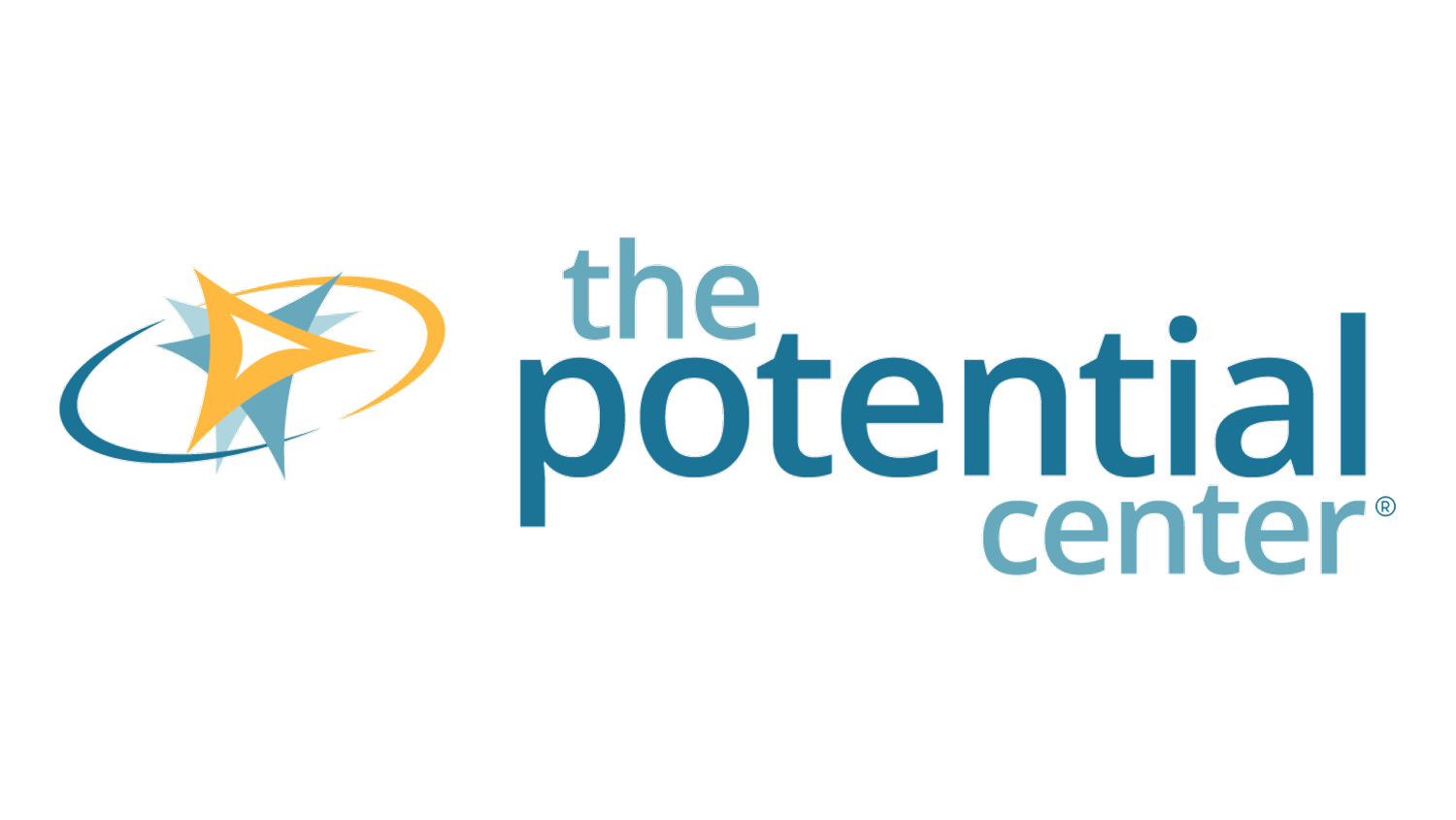Planning is not about being creative (true or false?)
Who says planning and creativity can’t go hand-in-hand? (pic: Alvaro Reyes for Unsplash)
Think of the different kinds of planning that take place in your organization…
Project planning – without this, the project would not get done on time or produce the right outcome.
Strategic planning – very important, so people know their key goals and purpose.
Time management – allows you to get your tasks done on time, with less stress.
If you heard, “Creativity planning” you’d probably say, “Who does that?!”
Quite frankly, you should.
This may seem counter-intuitive. When you picture “being creative”, you probably think of being spontaneous. While this is a characteristic of brainstorming, creative problem-solving is far more successful if you plan for being creative.
Planning makes space for creative sparks to fly.
Tip for planning to brainstorm
Create a timescale for the creative thinking process, and include milestones. Be careful not to over-plan.
“Overplanning creates a security blanket that lets you assume you have everything under control and that you’re further along than you thought. This type of perfectionism is more like procrastination.”
The Story of the Tata Nano Car
Here’s an example of how planning gave low-income families access to an affordable car.
Coming into the Tata family business in India, Ratan Tata eventually became the head of the company which included Tata Motors.
One day, Ratan was out and about in Mumbai. He noticed the number of families on scooters. Yes, I said ‘families’. And their shopping. He observed people buying scooters at farmers markets and everything else they needed to go with it. People got their motorcycle license there, they learned how to ride the scooter, and then they rode it home – all on the same day.
Tata Nano photo By Sandeep Rathod
Observing the benefits of this business model for scooter customers convinced Ratan to plan to build the world’s most affordable car. The Nano, which could be assembled from a kit at local dealerships, was launched in 2009 for approx. $2200. Financing, insurance, and driver education were also available to customers.
Planning to build the world’s most affordable car was a win-win solution. Not only did these activities generate more revenue for Tata Motors, more people in India were able to afford a car and no longer needed to balance a scooter under two or more people and their shopping.
Light Bulb Thinking™
With the right support, any organization, team, and individual can learn creative ways to solve problems. At The Potential Center™, our mission is to get leaders and teams out of habitual thinking so they can solve challenges with creative solutions they couldn’t see before.
You never feel stuck when you have a system. Light Bulb Thinking™ is our simple system that encourages curiosity, creativity, and critical thinking to provide unique solutions, a stronger team, and peak performance. It’s how to get from "no idea" to "brilliant idea!" in four simple steps.
Planning is the first phase of Light Bulb Thinking™. Learn how the other three phases follow on from successful planning here.
If you’d like to see what tapping into creative potential could look like at your place of work, contact me at Ellia@ThePotentialCenter.com to arrange a call.


